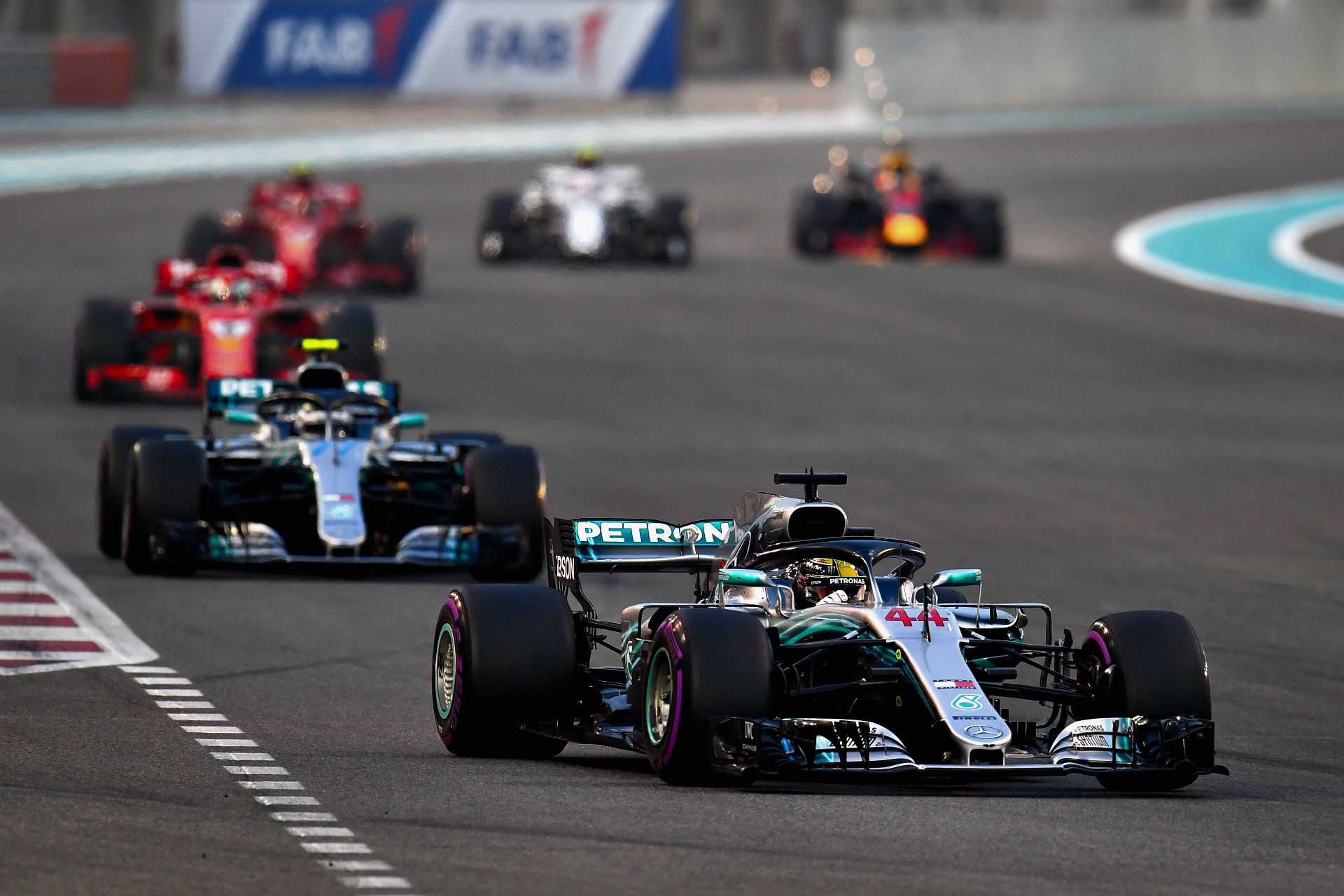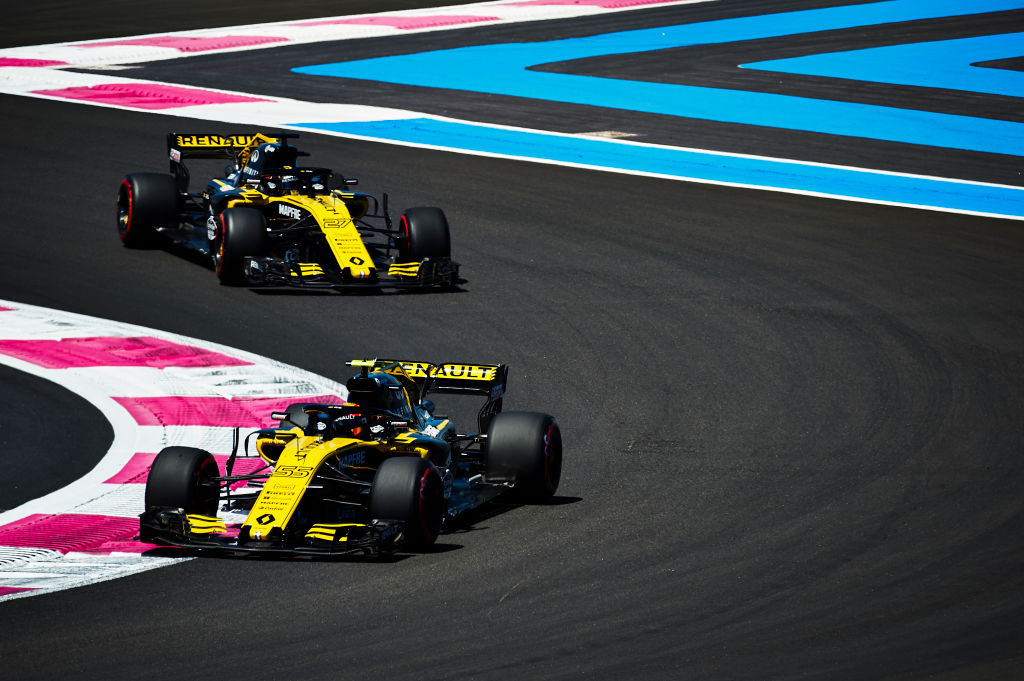

Racing is, as you know, a matter of money—in the case of Formula 1, though, that statement is amplified to enormous heights. In the land of auto manufacturers and energy drink giants, checks are written with more zeros on the end than there are letters in my first name. A recent series of reports from RaceFans supports that statement, and as the site details, over a billion dollars were spent by the top three teams—Mercedes-AMG, Ferrari, and Red Bull—alone in 2018. That’s not counting the cumulative budgets of the remaining seven outfits who were still investing a minimum of $120 million to have their names mentioned amongst the greats.

Scuderia Ferrari boasted the largest budget of the field with a total calculated figure of $410 million spent last season. That enormous amount was contributed to by some instantly recognizable sponsors, some of which you see proudly displayed on their uniforms while others disguise themselves behind forward-thinking aliases. The former consists of Shell Oil and UPS, both of which found a happy home on the chests of Sebastian Vettel and Kimi Raikkonen’s suits in 2018; the latter is Philip Morris International, the longtime Ferrari-backer and parent company of Marlboro, who forked over $100 million in funds under its Mission Winnow banner. Collectively, $160 million of sponsorship money was collected by the Maranello team and applied to its racing program, in addition to a heap of other earnings from Formula One Management and its tech partnerships.
Second on the list of highest-spenders was Mercedes-AMG Petronas, who achieved its fifth consecutive year of double world championship success. The Brackley-based organization dished out a reported $400 million to continue its reign of hybrid-era dominance, even earning a $5 million profit at the season’s end. The Toto Wolff-led squad employs a total of 950 workers, including its customer engine department, making it a truly massive operation. Additionally, Mercedes-AMG spent the fewest dollars per point earned thanks to the tremendous efficiency of Lewis Hamilton and, still yet, his teammate Valtteri Bottas; $0.61 million was spent for each of the team’s 655 points. Compare that to Williams F1’s $21.5 million per point and you’ll soon realize the gap between the top and bottom of the grid.

Rounding out F1’s top three is Red Bull, who sparked a large amount of change in 2018 with the news of Daniel Ricciardo’s exit as well as longtime engine supplier Renault’s. The season brought about a positive result of third in the Constructors’ Championship, an effort which was bankrolled by a $310 million budget—up $30 million from the year prior. Significant backing was supplied by big names such as Aston Martin, TAG Heuer, and Mobil, to the tune of $100 million. The team, like Mercedes-AMG, brought in a $5 million profit, making them the only profitable pair in the bunch of 10 teams.

When you add up the remaining seven teams—Renault, Haas, Racing Point, McLaren, Toro Rosso, Williams, and Alfa Romeo Sauber—they’re collective budget totals just over $1.09 billion, meaning the top three outspend all the rest despite making up less than a third of the grid. Of the outsiders, Renault maintains the highest spending figures with a $190 million budget while Racing Point made do with only $120 million.